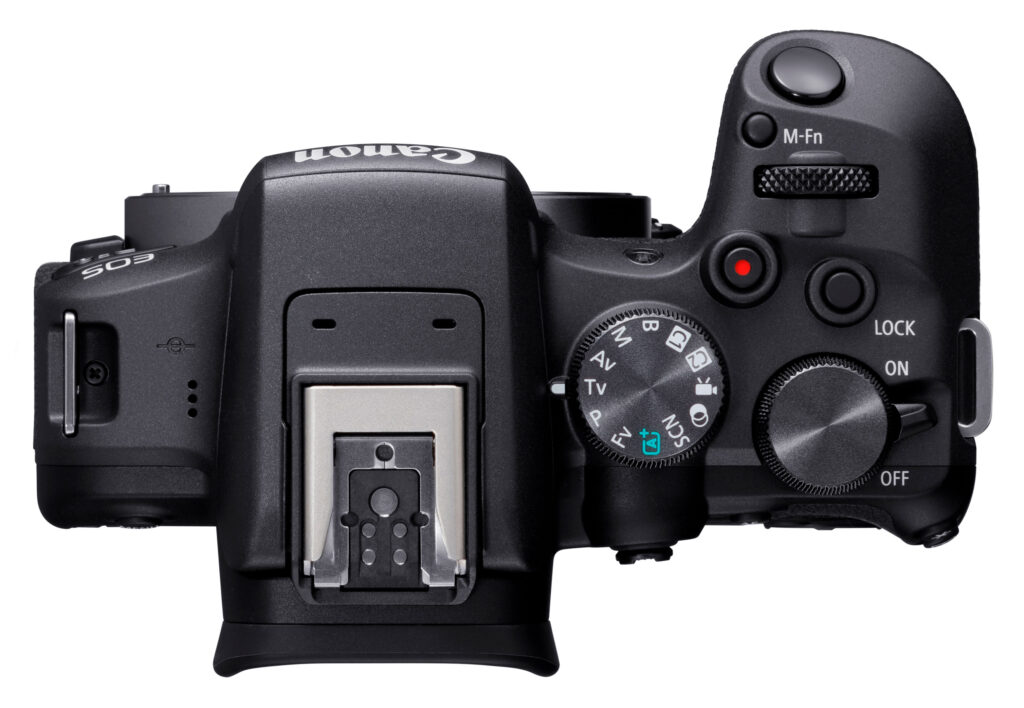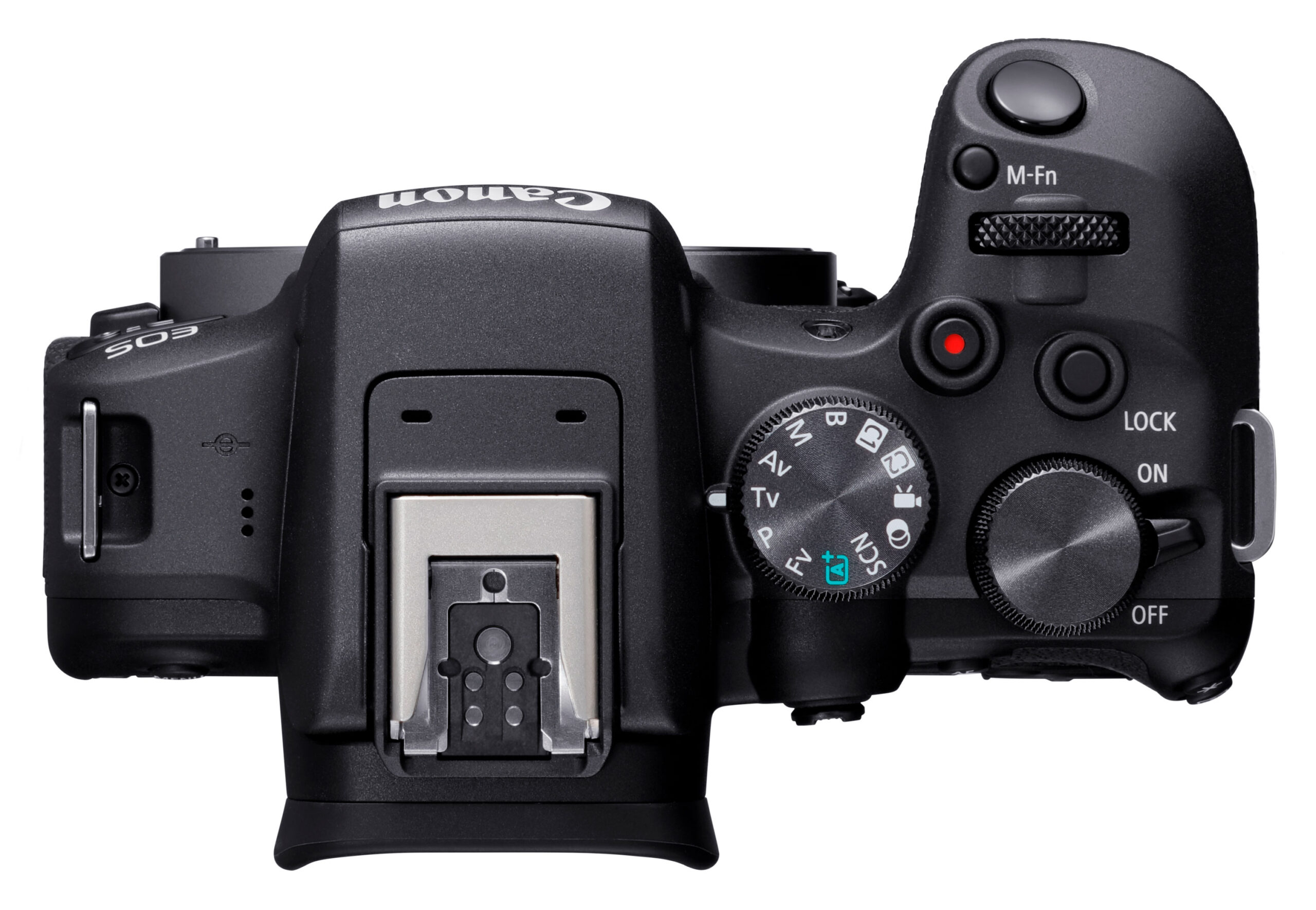
Introduction to the Canon EOS R10
The Canon EOS R10 has emerged as a significant player in the world of mirrorless cameras, particularly targeting entry-level photographers and content creators seeking a blend of performance, portability, and affordability. As part of Canon’s EOS R system, the R10 leverages the advanced RF lens mount, opening up a gateway to a wide array of high-quality optics. This camera is designed to bridge the gap between smartphone photography and professional-grade imaging, offering a substantial upgrade in image quality, versatility, and creative control.
The EOS R10 is not just another camera; it’s a tool that empowers users to capture stunning photos and videos with ease. Its compact size and lightweight design make it an ideal companion for travel, street photography, and everyday shooting. However, don’t let its small stature fool you. Inside, the R10 packs a powerful APS-C sensor and a cutting-edge processor, delivering impressive image quality, fast autofocus, and 4K video capabilities.
Key Features and Specifications
Image Sensor and Processor
At the heart of the Canon EOS R10 lies a 24.2-megapixel APS-C CMOS sensor. This sensor size provides a sweet spot, offering a good balance between image resolution, low-light performance, and lens compactness. The APS-C format also provides a 1.6x crop factor, effectively increasing the reach of your lenses, which is particularly useful for wildlife and sports photography.
The sensor is paired with Canon’s DIGIC X image processor, the same processor found in higher-end EOS R cameras. This powerful combination enables the R10 to deliver high-speed performance, excellent noise reduction, and advanced image processing capabilities. The DIGIC X processor ensures that the camera can handle the demands of continuous shooting, 4K video recording, and real-time autofocus tracking.
Autofocus System
One of the standout features of the Canon EOS R10 is its Dual Pixel CMOS AF system. This advanced autofocus technology provides fast, accurate, and reliable focusing performance across a wide area of the sensor. The Dual Pixel CMOS AF system uses phase-detection autofocus, which is significantly faster and more accurate than contrast-detection autofocus systems found in some other cameras.
The EOS R10’s autofocus system also includes advanced subject tracking capabilities, allowing the camera to automatically detect and track people, animals (dogs, cats, and birds), and vehicles. This feature is particularly useful for capturing action shots and ensuring that your subject remains in focus, even when they are moving erratically. The autofocus system works seamlessly in both photo and video modes, making it a versatile tool for various shooting scenarios.
Continuous Shooting
The Canon EOS R10 boasts an impressive continuous shooting speed of up to 15 frames per second (fps) with the mechanical shutter and up to 23 fps with the electronic shutter. This high-speed shooting capability allows you to capture fleeting moments and fast-paced action with ease. Whether you’re photographing sports, wildlife, or a child’s birthday party, the R10 can keep up with the action and help you capture the perfect shot.
The electronic shutter mode is particularly useful for silent shooting, which is ideal for situations where you don’t want to disturb your subject, such as weddings, concerts, or wildlife photography. However, it’s important to note that the electronic shutter can be prone to rolling shutter effects under certain conditions, such as when photographing fast-moving subjects or when panning the camera quickly.
Video Capabilities
The Canon EOS R10 is a capable video camera, offering 4K UHD video recording at up to 30fps. The camera can also record Full HD video at up to 120fps for slow-motion playback. The video quality is excellent, with sharp details, accurate colors, and low noise levels.
The R10 also offers a range of video features, including Canon Log 3 (C-Log 3), which provides a wider dynamic range and greater flexibility for color grading in post-production. The camera also supports external microphones and headphones, allowing you to capture high-quality audio to accompany your videos.
Design and Ergonomics
The Canon EOS R10 is designed with portability and ease of use in mind. The camera is compact and lightweight, making it comfortable to carry around all day. The body is constructed from high-quality materials, providing a solid and durable feel.
The R10 features a comfortable grip that provides a secure hold, even when shooting with larger lenses. The camera also has a well-placed control layout, with easy access to key settings and functions. The rear of the camera features a fully articulating 3.0-inch touchscreen LCD, which is useful for shooting from various angles and for navigating the camera’s menus.
Connectivity
The Canon EOS R10 offers a range of connectivity options, including Wi-Fi and Bluetooth. These wireless connectivity features allow you to easily transfer photos and videos to your smartphone or tablet for sharing on social media. You can also use the Canon Camera Connect app to remotely control the camera from your smartphone.
The R10 also features a USB-C port for charging and data transfer, as well as an HDMI port for connecting to an external monitor or recorder. The camera also has a microphone input for connecting an external microphone.
Performance in Different Shooting Scenarios
Portrait Photography
The Canon EOS R10 excels in portrait photography, thanks to its sharp image quality, accurate autofocus, and pleasing skin tones. The camera’s face and eye detection autofocus ensures that your subject’s eyes are always in focus, even when they are moving. The APS-C sensor provides a flattering depth of field, blurring the background and isolating your subject.
When shooting portraits, it’s important to use a fast aperture lens, such as a 50mm f/1.8 or an 85mm f/1.8. These lenses will allow you to create a shallow depth of field and capture beautiful bokeh (background blur). You can also use external lighting, such as a speedlight or a softbox, to create more dramatic and flattering lighting.
Landscape Photography
The Canon EOS R10 is a capable landscape photography camera, offering sharp image quality, wide dynamic range, and excellent color reproduction. The camera’s APS-C sensor provides a good balance between image resolution and low-light performance, making it suitable for shooting landscapes in various lighting conditions.
When shooting landscapes, it’s important to use a wide-angle lens, such as a 16-35mm or a 10-18mm. These lenses will allow you to capture a wide field of view and create a sense of depth in your images. You can also use filters, such as a polarizer or a neutral density filter, to enhance your images and control the light.
Wildlife Photography
The Canon EOS R10 is a good choice for wildlife photography, thanks to its fast autofocus, high-speed continuous shooting, and telephoto lens compatibility. The APS-C sensor provides a 1.6x crop factor, effectively increasing the reach of your lenses, which is particularly useful for photographing distant subjects.
When shooting wildlife, it’s important to use a telephoto lens, such as a 100-400mm or a 150-600mm. These lenses will allow you to get close to your subject without disturbing them. You can also use a tripod or a monopod to stabilize your camera and reduce camera shake.
Sports Photography
The Canon EOS R10 is a capable sports photography camera, offering fast autofocus, high-speed continuous shooting, and responsive handling. The camera’s Dual Pixel CMOS AF system ensures that your subject remains in focus, even when they are moving quickly. The high-speed continuous shooting allows you to capture fleeting moments and fast-paced action.
When shooting sports, it’s important to use a fast aperture lens, such as a 70-200mm f/2.8 or a 300mm f/2.8. These lenses will allow you to capture sharp images in low light and create a shallow depth of field. You can also use a monopod to stabilize your camera and reduce camera shake.
Pros and Cons of the Canon EOS R10
Pros:
- Compact and lightweight design
- Excellent image quality
- Fast and accurate autofocus
- High-speed continuous shooting
- 4K video capabilities
- Affordable price
Cons:
- APS-C sensor (smaller than full-frame)
- Limited RF lens selection compared to EF lenses
- No in-body image stabilization (IBIS)
- Battery life could be better
Alternatives to the Canon EOS R10
If you’re considering the Canon EOS R10, you might also want to take a look at some of its competitors. Here are a few alternatives to consider:
- Sony a6400: A popular APS-C mirrorless camera with excellent autofocus and image quality.
- Fujifilm X-T30 II: A stylish APS-C mirrorless camera with a retro design and excellent image quality.
- Nikon Z50: An APS-C mirrorless camera with a comfortable grip and good image quality.
Conclusion: Is the Canon EOS R10 Right for You?
The Canon EOS R10 is a versatile and capable mirrorless camera that is well-suited for entry-level photographers and content creators. Its compact size, lightweight design, and affordable price make it an attractive option for those looking to upgrade from a smartphone or entry-level DSLR. The camera’s excellent image quality, fast autofocus, and 4K video capabilities make it a great tool for capturing a wide range of subjects and scenarios.
However, the EOS R10 is not without its limitations. The APS-C sensor may not be ideal for those who prioritize low-light performance or shallow depth of field. The limited RF lens selection compared to EF lenses may also be a concern for some users. Additionally, the lack of in-body image stabilization (IBIS) can make it more challenging to shoot sharp images in low light or when using long lenses.
Ultimately, the decision of whether or not to buy the Canon EOS R10 depends on your individual needs and priorities. If you’re looking for a compact, lightweight, and affordable mirrorless camera that delivers excellent image quality and fast performance, the R10 is definitely worth considering. However, if you need the best possible low-light performance, a wide selection of lenses, or in-body image stabilization, you may want to explore some of the alternatives mentioned above.
The Canon EOS R10 represents a significant step forward in the evolution of mirrorless cameras. It offers a compelling combination of performance, portability, and affordability, making it an excellent choice for aspiring photographers and content creators looking to take their skills to the next level. Whether you’re shooting portraits, landscapes, wildlife, or videos, the R10 is a versatile tool that can help you capture stunning images and videos with ease. As Canon continues to expand its RF lens lineup, the EOS R10 will only become an even more attractive option for photographers of all levels.

